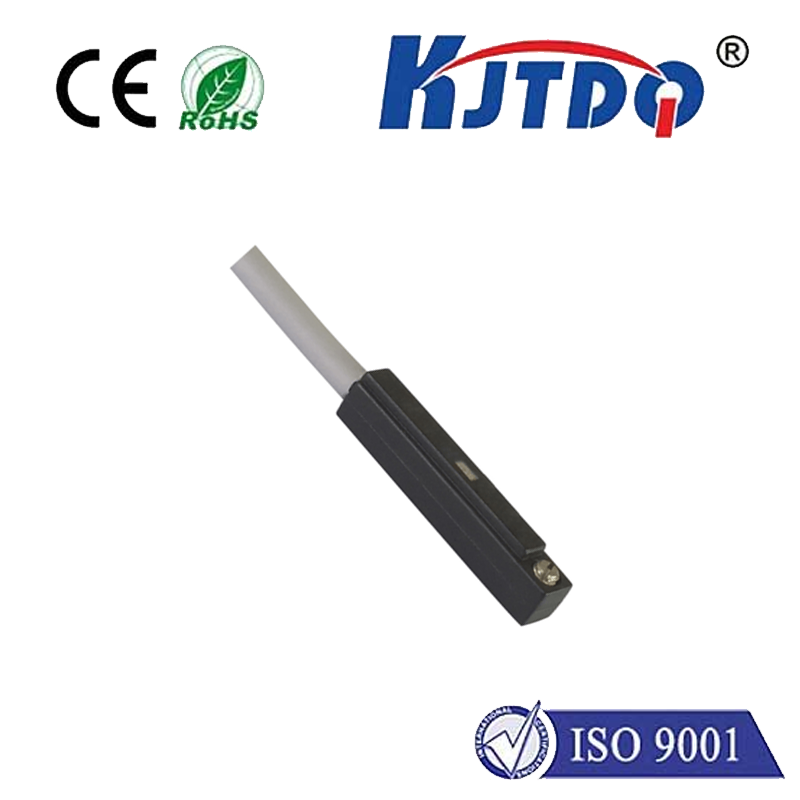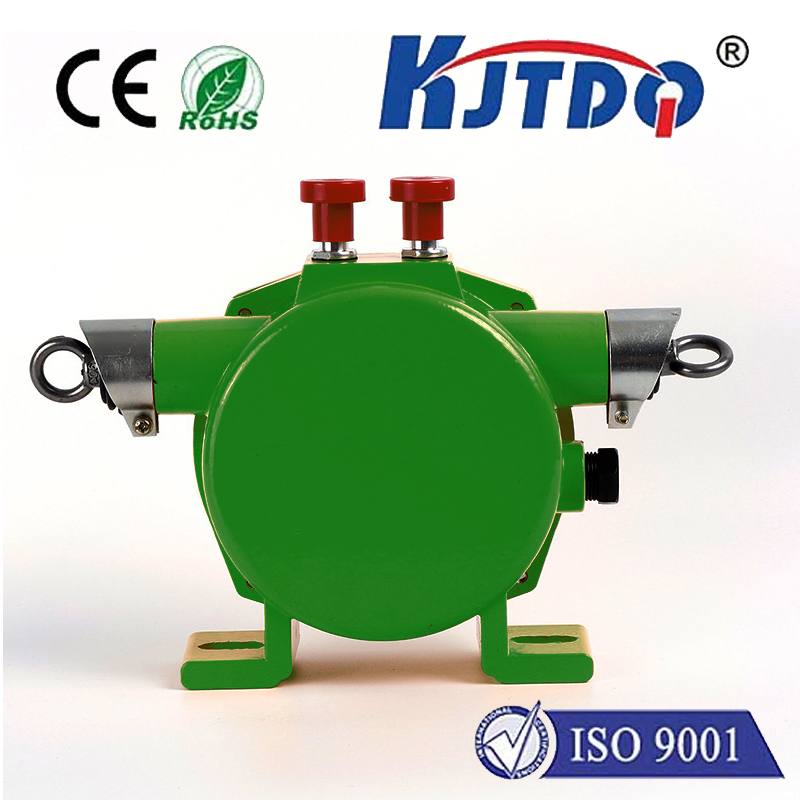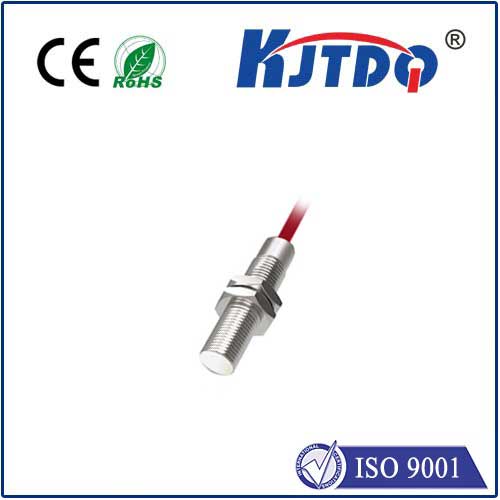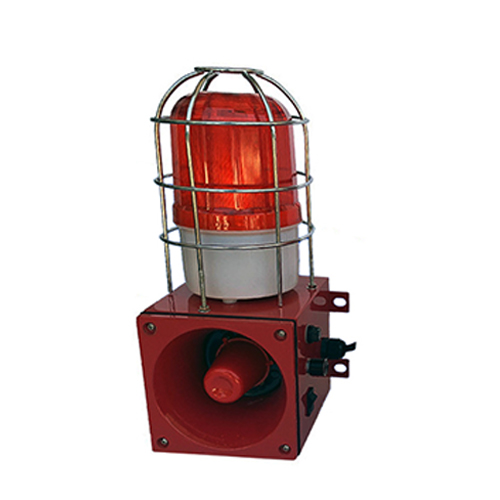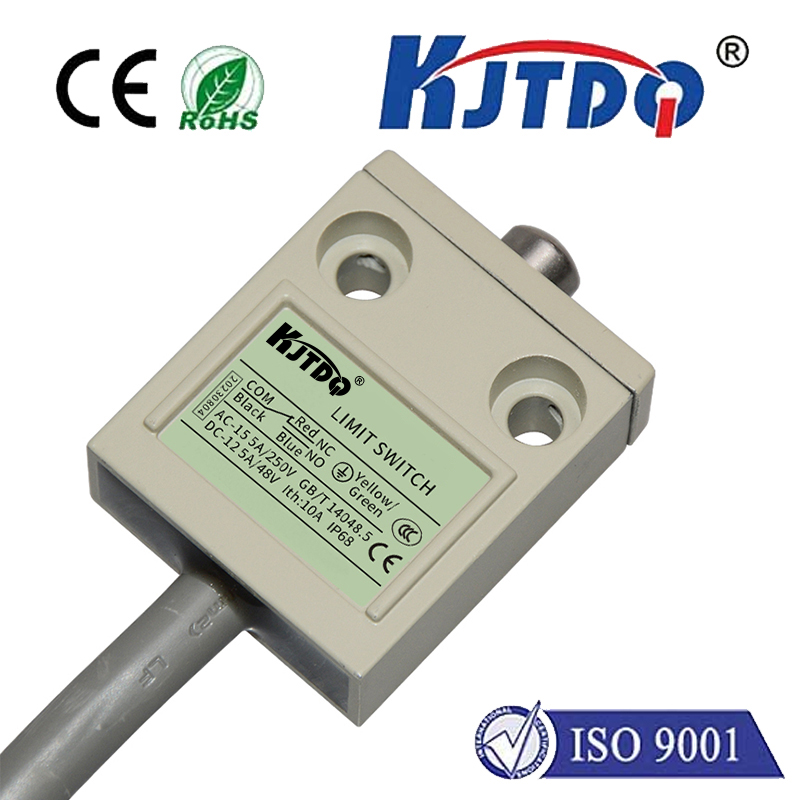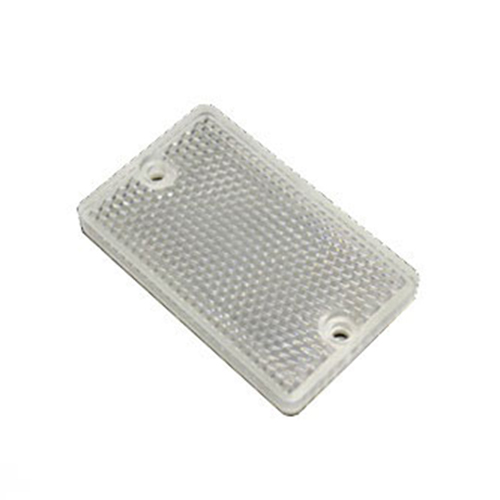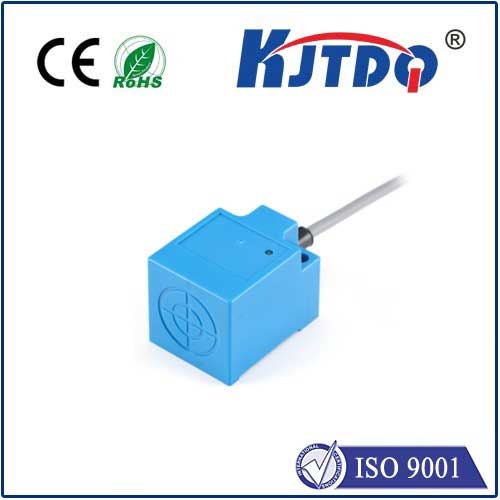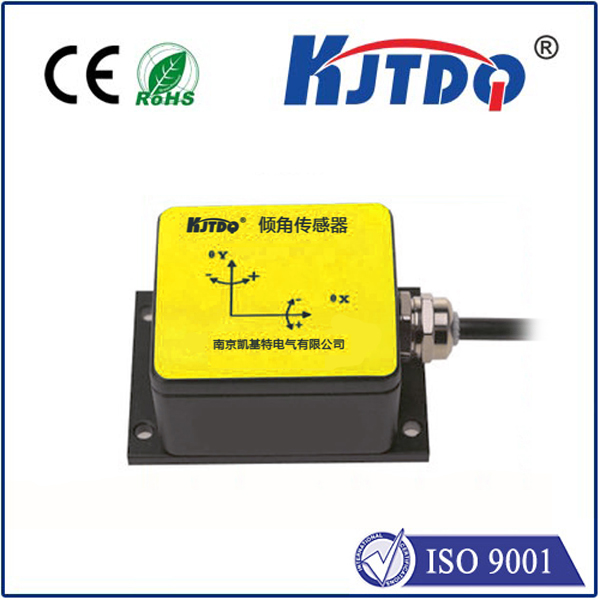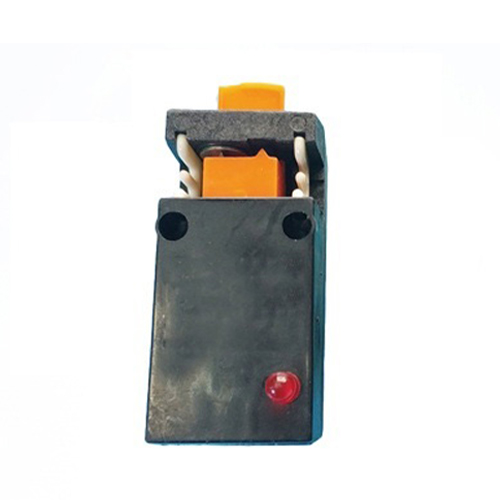20 amp limit switch
- time:2025-08-01 12:30:40
- Click:0
The Unsung Guardian: How 20 Amp Limit Switches Protect Your Circuits
Imagine this: your workshop hums with activity. Multiple power tools are running, the compressor kicks in, and lights flicker ominously. Suddenly, silence. Not from a tripped breaker, but because a critical safety device did its job – a 20 Amp limit switch intervened, preventing potential disaster. These silent sentinels are fundamental, often overlooked components, meticulously designed to safeguard electrical systems by imposing a critical current limit, specifically at 20 Amperes.
What Exactly is a 20 Amp Limit Switch? At Its Core
A limit switch, in its broadest sense, is a sensor detecting the physical presence, absence, or position of an object. However, when specifically discussing a 20 Amp limit switch, we’re typically referring to an electrically rated switch designed to monitor and control an electrical circuit based on the amount of current flowing through it. Its primary function is to automatically interrupt power whenever the current exceeds its predefined safe threshold – in this case, 20 Amps.
Think of it as a vigilant gatekeeper. Its internal mechanism – often a thermal element (like a bimetallic strip) or sometimes a magnetic solenoid – is calibrated to react precisely at 20 Amps. When current flows normally below this threshold, the switch allows uninterrupted power. However, the moment current surges to or beyond 20 Amps, the mechanism activates swiftly. This triggers the switch contacts, causing them to snap open, breaking the circuit and stopping the flow of electricity. This immediate action is vital protection.

Why the 20 Amp Rating Matters: Finding the Sweet Spot
The 20 Amp specification isn’t arbitrary. It represents a common and crucial threshold in numerous electrical applications:
- Circuit Protection Alignment: Many standard branch circuits in residential, commercial, and light industrial settings are protected by 20 Amp circuit breakers or fuses. A 20 Amp limit switch acts as an additional, often more localized, layer of protection. It can react quickly to overloads directly at the device or appliance level before the main breaker trips, potentially isolating the fault and preventing a wider shutdown.
- Appliance & Motor Safeguarding: Numerous appliances and motors are designed to operate safely within a 20 Amp range. Exceeding this current rating, even briefly due to a jam, locked rotor, or internal fault, generates excessive heat. This heat can rapidly degrade insulation, damage windings, or even cause fires. The 20 Amp limit switch acts as a thermal cutoff, stepping in to prevent irreversible damage.
- Preventing Wiring Overheating: Electrical wiring has specific ampacity limits. Sustained current above these limits overheats the wires. A 20 Amp switch installed appropriately protects the wiring feeding a device rated at or near 20 Amps, ensuring the conductors themselves aren’t overloaded. This is crucial for safety and preventing insulation breakdown.
- Common Application Fit: The 20A level bridges the gap between smaller, low-power devices (protected by 10A or 15A components) and larger industrial machinery needing higher thresholds. It hits the “sweet spot” for countless tools, compressors, pumps, HVAC components, and automated machinery.
Where You’ll Find These Essential Protectors: Key Applications
The 20 Amp limit switch is a versatile workhorse found wherever precise overcurrent protection at this specific threshold is required:
- Electric Motors: Integrated into motor starter assemblies or physically attached to the motor housing. Protects against locked rotor conditions, phase loss (causing excess current in remaining phases), or severe overloads. Essential for pumps, fans, and compressors.
- Power Tools & Workshop Equipment: Commercial-grade saws, planers, drill presses, and dust collection systems often incorporate 20A thermal limit switches to safeguard motors during stalls or prolonged heavy use. Prevents burnout during demanding tasks.
- Heating Elements: In appliances like water heaters, space heaters, or industrial ovens, limit switches prevent catastrophic overheating caused by control system failures or element short circuits that draw excessive current.
- HVAC Systems: Protecting compressors and large fan motors in air conditioning units and furnaces is a critical application, especially during startup surges that stall.
- Industrial Automation & Machinery: Used extensively on conveyors, packaging equipment, and assembly line machines to protect motors, solenoids, and actuators from mechanical jams or electrical faults that cause overload currents. Serves as a crucial safety interlock.
- Battery Charging Systems: Preventing damage to chargers or connected batteries caused by short circuits or incorrect connections leading to excessive current draw.
Selecting the Right 20 Amp Limit Switch: Beyond Just the Amps
Not all 20 Amp limit switches are identical. Choosing the correct one requires careful consideration:
- Type of Activation:
- Thermal: Most common for overload protection. Uses heat generated by the current flow itself (bimetallic strip) to trip. Good for sustained overloads but has a slower response time inherent to heating/cooling cycles. Often includes a manual or automatic reset.
- Magnetic: Uses an electromagnet coil. Trips instantaneously when current exceeds the calibrated 20 Amp limit, ideal for short-circuit protection. Usually requires manual reset. Less common for pure load protection at this amperage.
- Reset Mechanism:
- Manual Reset: Requires physical intervention (e.g., pushing a button) to close contacts after a trip. Adds safety by preventing automatic restart, especially important after a fault condition. Crucial for motor and machinery protection.
- Automatic Reset: Contacts reclose automatically once the element cools down (for thermal) or current drops. Convenient but potentially dangerous if the fault condition persists, leading to repetitive cycling. Use only where unattended restart is acceptable (e.g., some low-risk appliances).
- Form Factor & Mounting: Consider the physical space and how the switch integrates into the equipment. Options include surface mount, screw terminals, blade terminals, snap-action designs, and specific mounting flanges.
- Electrical Rating: Ensure it’s rated for the voltage of your system (e.g., 120VAC, 240VAC, 24VDC) and the nature of the load (resistive vs. inductive/motor loads). Look for relevant safety certifications (UL, CSA, CE).
- Trip Characteristic: Understand if you need protection against slow, sustained overloads (thermal excels) or instantaneous short circuits (magnetic is better). Thermal 20A limit switches are the standard choice for most equipment overload scenarios.
Integrating Protection: The Vital Role in Electrical Safety
While often confused with circuit breakers, a 20 Amp limit switch serves a distinct and complementary purpose. Circuit breakers primarily protect the building wiring from overheating due to overloads or short circuits. A limit switch, however, is typically installed directly within or immediately adjacent to the specific appliance or motor it protects. It acts as a dedicated guardian for that individual component.
Think of it this way: Your main circuit breaker panel guards the entire neighborhood’s wiring. A 20 Amp limit switch is the security system installed specifically on your house, providing targeted protection where the risk lives. Its 20 Amp limit is a precise threshold tailored to the safe operating envelope of the device it shields. This layered approach to protection – main breakers plus localized limit switches – is fundamental to robust electrical safety design. It minimizes downtime






